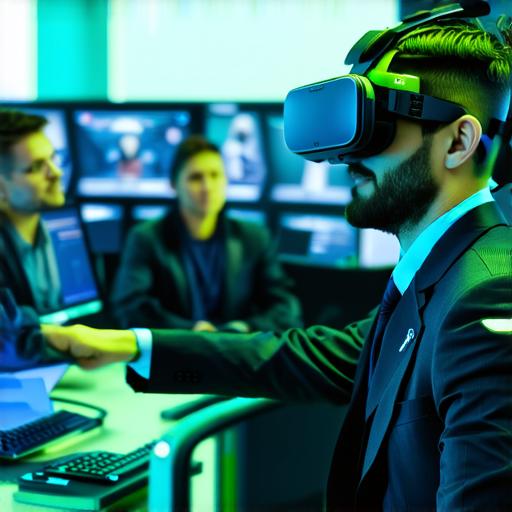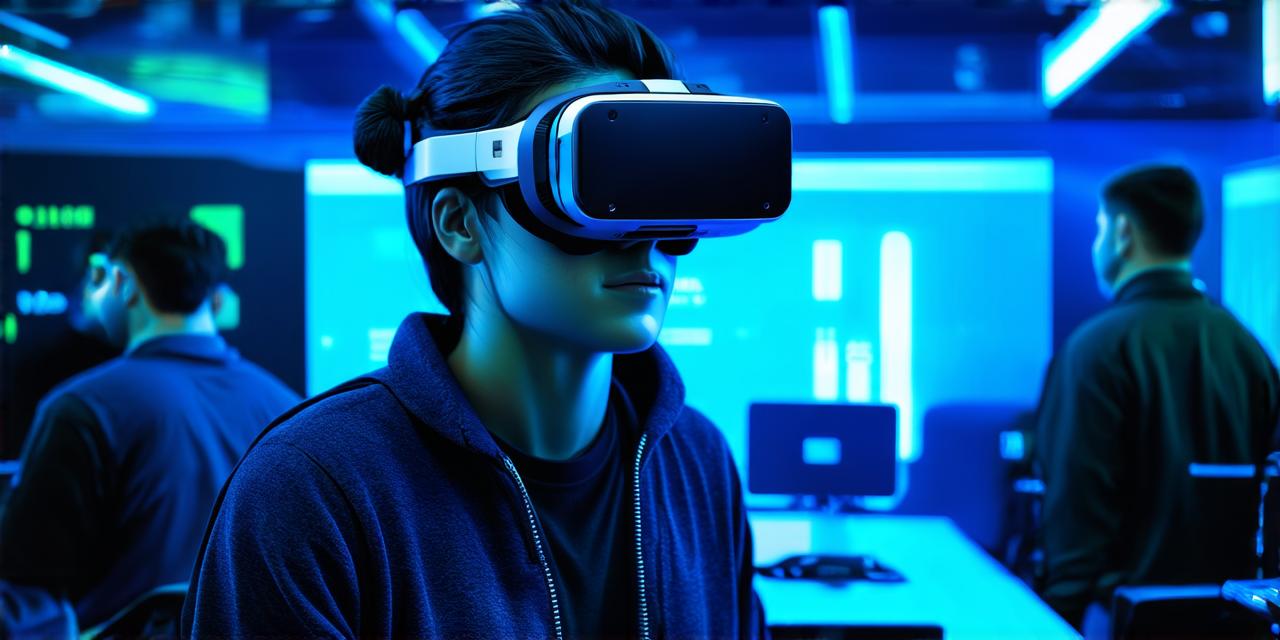Virtual reality (VR) technology is rapidly evolving and changing the way we interact with the world. With its ability to provide immersive experiences, VR has the potential to revolutionize education by making it more engaging, interactive, and effective.
In this article, we will explore the benefits of using virtual reality in education, including increased engagement and motivation, improved learning outcomes, and enhanced creativity and problem-solving skills. We will also discuss some case studies and personal experiences that illustrate how VR is being used to enhance the learning experience.
One of the most significant advantages of using virtual reality in education is its ability to increase student engagement and motivation. Traditional classroom settings can be monotonous and unengaging, with students often struggling to stay focused on the material. In contrast, virtual reality provides an immersive environment that captures students’ attention and keeps them engaged throughout the learning process.
For example, a study conducted by the University of Maryland found that students who used VR in a biology class were more likely to remember the material than those who did not use VR. The study also found that students who used VR were more motivated and enjoyed the learning experience. This increased level of engagement leads to better learning outcomes, as students are able to retain information more effectively.
Another benefit of using virtual reality in education is improved learning outcomes. By providing an immersive environment, VR allows students to experience and interact with concepts in a way that traditional classroom settings cannot. This increased level of engagement leads to better learning outcomes, as students are able to develop a deeper understanding of the material.

For instance, a case study by the University of California Irvine found that students who used VR to learn about the solar system performed significantly better on assessments than those who did not use VR. The study also found that students who used VR were able to develop a better understanding of the material. This increased level of engagement leads to better learning outcomes, as students are able to retain information more effectively.
Enhanced creativity and problem-solving skills are another advantage of using virtual reality in education. By providing an immersive environment, VR allows students to explore new ideas and think outside the box. This increased level of creativity leads to better problem-solving skills and prepares students for future careers that require innovation and critical thinking.
For example, a study by the University of British Columbia found that students who used VR to learn about engineering design were more likely to develop creative solutions to complex problems than those who did not use VR. The study also found that students who used VR were able to develop a better understanding of the design process.
One of the most exciting examples of virtual reality in education is the use of VR simulations to train medical professionals. By providing an immersive environment that mimics real-life scenarios, VR simulations allow medical students to practice their skills and prepare for future careers in the field.
For example, a study by the University of California San Francisco found that medical students who used VR simulations to learn about surgery performed better on assessments than those who did not use VR. The study also found that students who used VR were able to develop a better understanding of surgical procedures and patient outcomes.
In conclusion, virtual reality technology has the potential to revolutionize education by making it more engaging, interactive, and effective. By increasing student engagement and motivation, improving learning outcomes, and enhancing creativity and problem-solving skills, VR can prepare students for future careers that require innovation and critical thinking. As VR technology continues to evolve, we can expect to see more exciting examples of how it is being used to enhance the learning experience.
